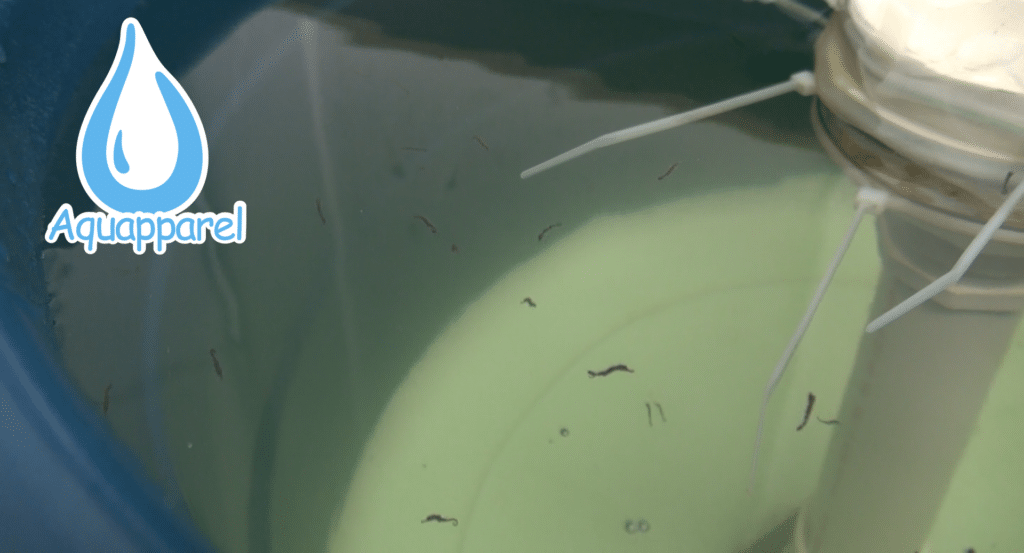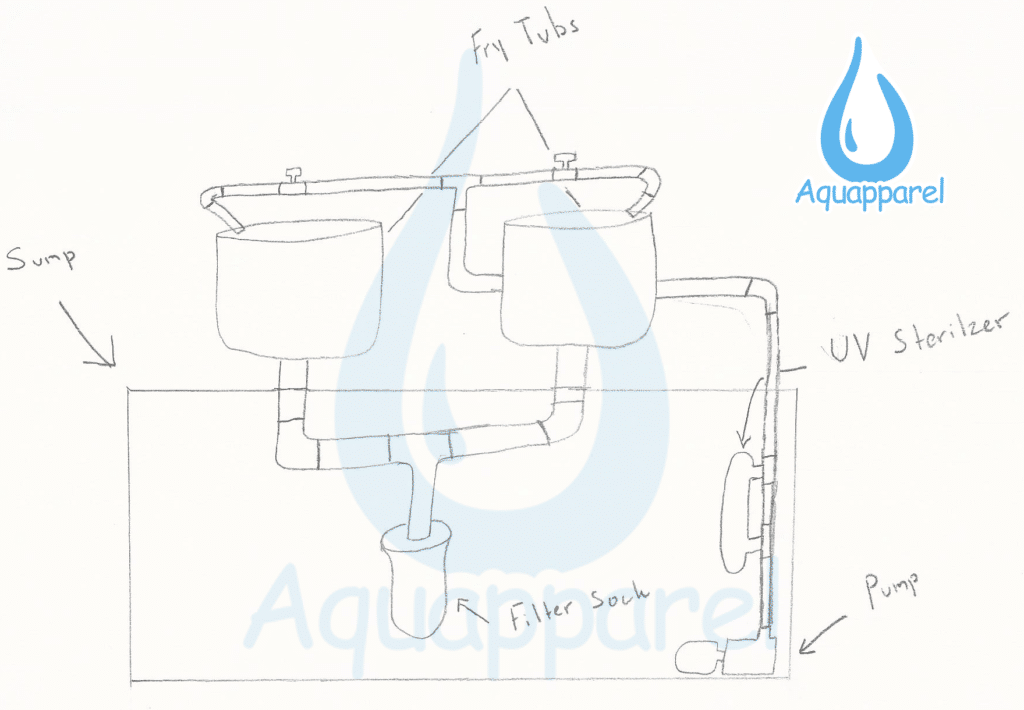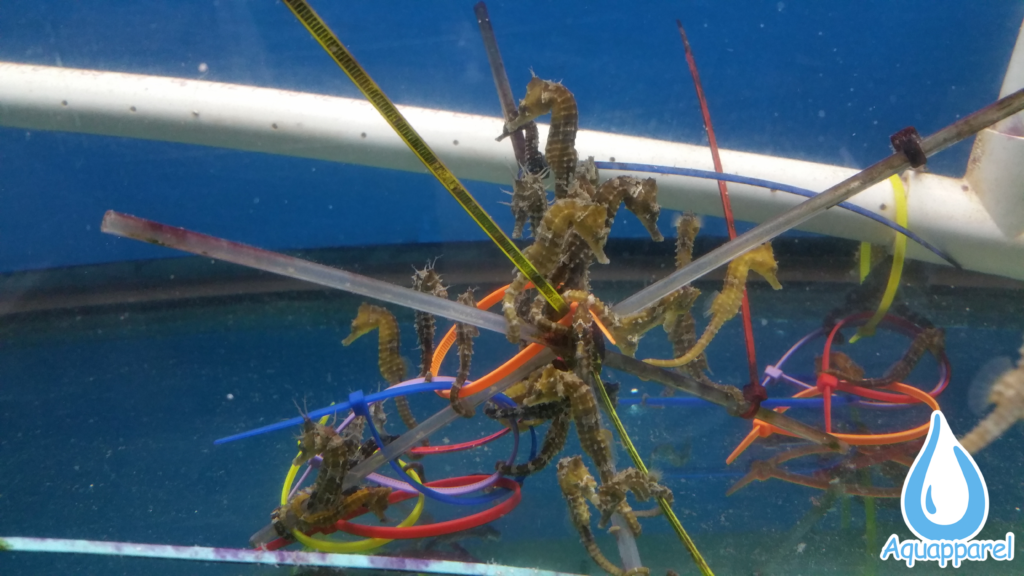The short answer is yes and no. From my own personal experience, I have not used a UV filter on my shark pond – which I have had set up for about 9 years now. However, when I was breeding Seahorses in our aquaculture facility, we used them on our fry tanks in order to eliminate diseases. I have also seen them being used on outdoor ponds in order to prevent algae blooms. Some people suggest that the beneficial bacteria are not harmed by uv sterilizers, claiming that this type of bacteria only colonizes in or on the substrate or rock structures. However, others suggest that some do live in the water column and that uv sterilizers being used on a constant basis can be harmful to your overall population of beneficial bacteria in your aquarium. So who is right? Well, I think it’s a little bit of both. I’ll speak from my personal experience and then you can feel free to share yours and we can all discuss this topic in the comments section of this blog post.
So from my experience In the Seahorse fry rearing tanks in our aquaculture facility, the water conditions were difficult to keep in a high quality state. This was due to the Phytoplankton and Zooplankton that were being added in order to feed the growing baby Seahorses several times per day. In that specific case, the UV sterilizer was used in order to eliminate any bacteria that would grow as a result of the excess nutrients from the food that the baby Seahorses were being fed. It worked great for this particular application.

Let’s take a look at what the aquarium UV filter does next before we determine what type of applications it should potentially be used for. A UV Sterilizer will eliminate any bacteria that is free floating in the water column. As we discussed, this can include beneficial bacteria if it is in the water column. While the majority of the beneficial bacteria live in your aquarium’s substrate, rock structures and biological filtration system, there are still some that live in the water column.
With that said, if you do add a UV sterilizer to your aquarium, you will need to have a good amount of substrate and biological filtration in order to not feel the effects of the UV sterilizer on the bacteria population. Without enough beneficial bacteria, your aquarium can experience crashes due to a lack of biological filtration.
And this is precisely why I do not use one on my shark pond. They are very large animals that can move the sand and rocks in their pond once in a while, not to mention the sand when they eat off of the substrate. This can dislodge colonies of beneficial bacteria leaving them prone to passing through my filtration system. If I plumbed in a UV Sterilizer, it could kill this bacteria. In large amounts this is not good for the biological filtration system, which I need quite a bit of in order to maintain good water quality in my pond.
For more of a visual of how this works, if you have ever moved your substrate or any structure/decoration in your aquarium, you’ll notice some detritus and then it may result in the water being cloudy for a bit. Once the detritus settles or is removed via an aquarium vacuum, the leftover cloud is the bacteria resettling.
While the sharks don’t make a mess like that too often, it happens from time to time. Fish can do this as well, even little guys like gobies and other species that can stir up the sand looking for food.
Sharks produce a good amount of waste. Having a healthy good bacteria colony is essential to shark keeping success in my opinion. I don’t really think otherwise for any other type of aquarium either. So if you are going to be adding a uv sterilizer to your aquarium, just keep in mind that it should be as far away from being able to zap free swimming bacteria in the water column as possible. If you are breeding fish, here is how I used a uv sterilizer on my Seahorse fry tank.
When I was breeding Seahorses in my aquaculture facility, the Seahorse fry tanks looked like this:

Phytoplankton and Zooplankton were added to the main fry tub for the Seahorse fry to eat. That water then slowly made it’s way into the sump. This slow flow is necessary since the Seahorse in general is not a super strong swimmer. It is also necessary in order for the Seahorse fry to have time to eat the Zooplankton. The water from the fry tubs then passes through the filter sock and return pump where it passes through the UV sterilizer before returning to the fry tubs. This allows the UV sterilizer to eliminate the bacteria that the Zooplankon produce as they can foul the water and create all kinds of issues for the Seahorse fry including Vibrio. The fry lived in these tubs for about 2 weeks before they were transferred into their grow out aquariums as you can see one group of them in one of these tanks pictured below.

So it worked very well for this application. And now, I’ll pass the question off to you: What type of system do you use a UV sterilizer on and have you found it to be worth it? Also, let me know where you plumbed in in your system and how close or far away it is from your biological filter.
